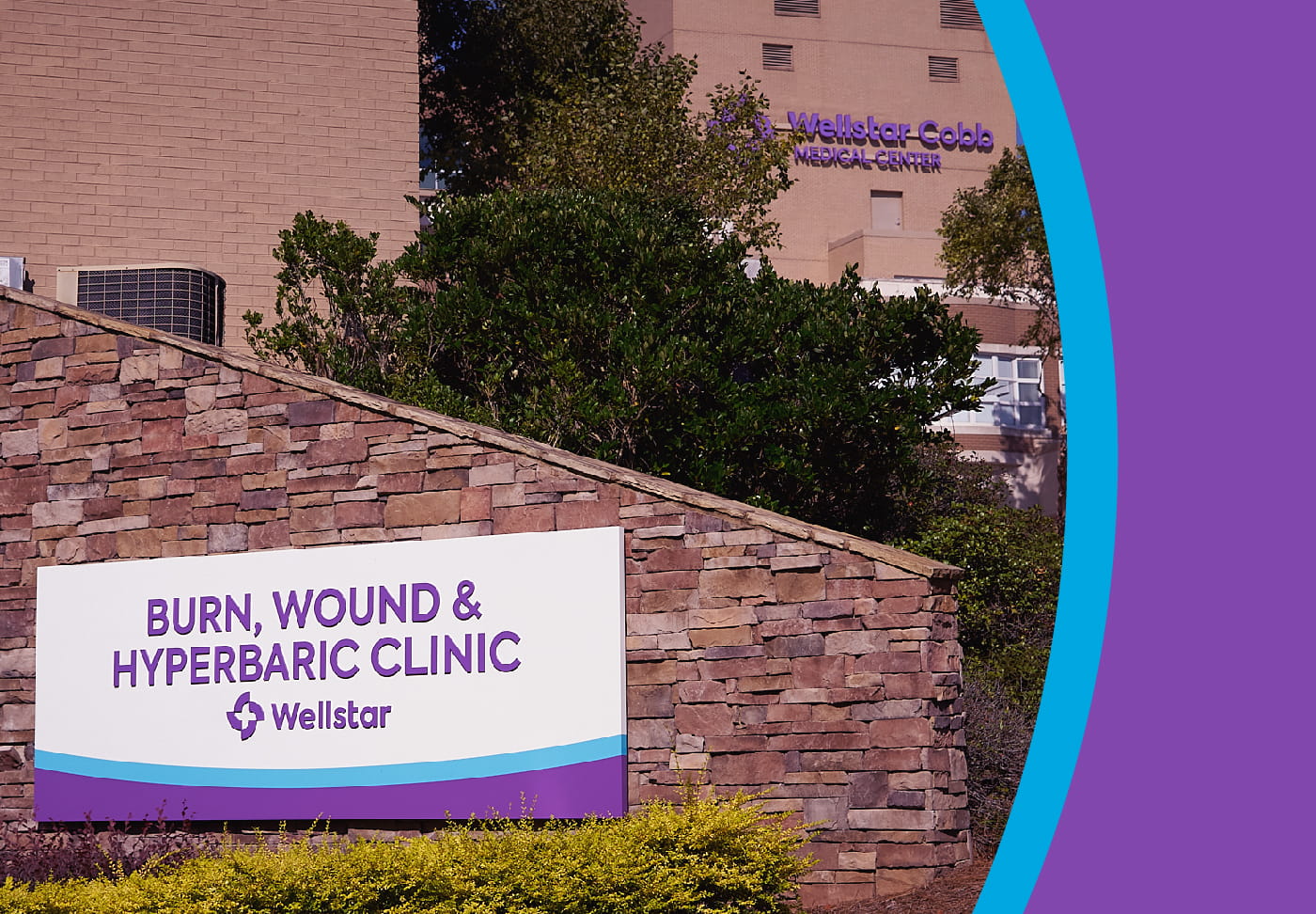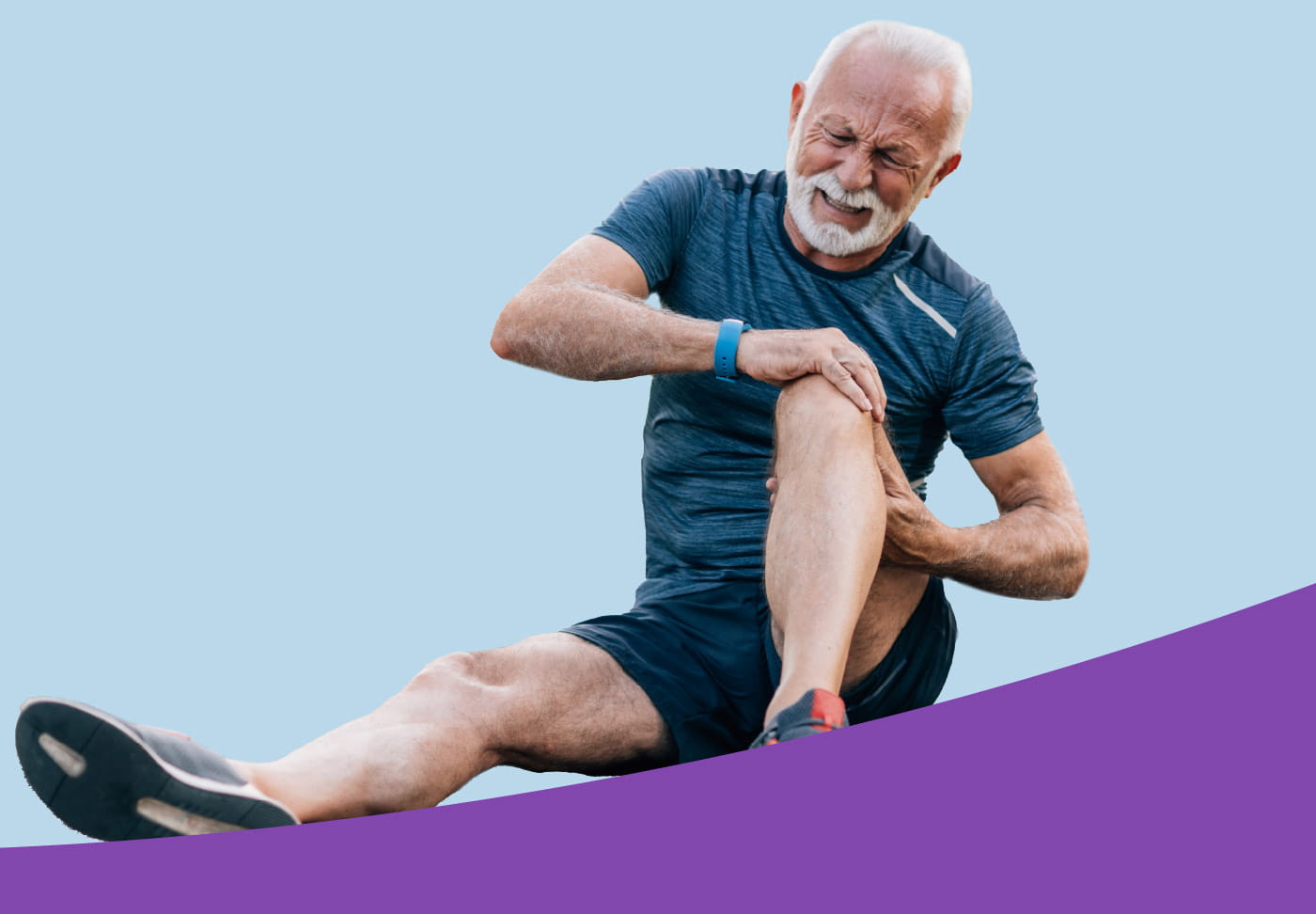By Dr. Travis Perry, burn surgeon and medical director of the burn center at Wellstar Cobb Medical Center
The burn and wound treatment center at Wellstar Cobb Medical Center, operated in partnership with Joseph M. Still Burn and Reconstructive Centers of America, has provided expert treatment for burns in both adults and children for over a decade. During the winter months, burns are common as people gather near indoor or outdoor fires, set off fireworks or spend time outside in cold weather.
When to seek care
Burns are tissue damage to the skin from exposure to sun, heat, chemicals, electricity, flames, steam or extreme cold weather.
Frostbite, a cold injury also treated at Wellstar Cobb, is when the skin freezes after exposure to cold temperatures and is most common on the fingers, toes, nose and ears.
Burns are categorized by their severity:
- First-degree burns usually only affect the top layer of skin. They may be red and painful but not blistered.
- Second-degree burns affect both the top and lower layers of skin. These burns may be red, swollen and painful, and you may see some blistering.
- Third-degree burns destroy all layers of skin and fat. The skin may be black, brown, white or yellow. Due to nerve damage, you may not feel pain with a third-degree burn.
- Fourth-degree burns involve damage to tendon, muscles and bones. The burned area will look charred.
All burns should be evaluated by a burn care expert.
Prevent burns
You can help keep your family safe by taking precautions around potential causes of burns:
- Keep children away from stoves, cooking areas and campfires.
- Wear short or tighter sleeves when cooking.
- Unplug heat sources such as hot plates or hair tools when you’re not using them.
- Keep pots and pans on the back burner with handles turned away from the edge of the stovetop.
- Attend public fireworks events where fire safety is handled by professionals.
If you do experience a burn, take these steps right away to limit damage to the skin:
- First, remove the source of the burn if you can do so safely. For electrical burns, turn off the power source and for burns from flames, extinguish the flames. However, don’t put out cooking oil fires with water—cover the fire with the pot or pan lid, or use a fire extinguisher.
- Take off any clothing or jewelry on the burned area, but if clothes are sticking to the burn, don’t peel them off.
- Run cool (but not hot or cold) water on the burn.
- Don’t apply butter, mayonnaise, toothpaste, grease or powder to a burn. Cover the burn with a dry, sterile cloth. For minor burns, aloe or burn relief ointment can help your skin heal.
- Seek emergency care for larger or deeper burns.
Burn care at Wellstar Cobb
The expert burn care team at Wellstar Cobb provides critical care for severe burns, as well as reconstructive surgery. In our 16-bed inpatient unit and 10-bed burn medical/surgical unit, we treat adults with all sizes and types of burns and children one year and older with burns on less than 20% of their bodies.
The inpatient burn unit offers long-term care for critically ill burn patients, including innovative limb salvage, skin and tissue saving surgeries. Our outpatient clinic serves walk-in patients and scheduled return visits. We offer state-of-the-art hyperbaric oxygen therapy as both an inpatient and outpatient service, as well as hydrotherapy.
Learn more about burn care at Wellstar Cobb at wellstar.org/burncenter.






